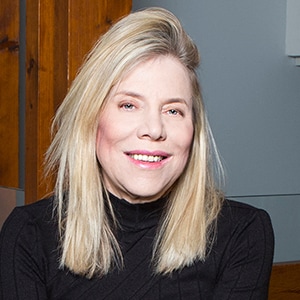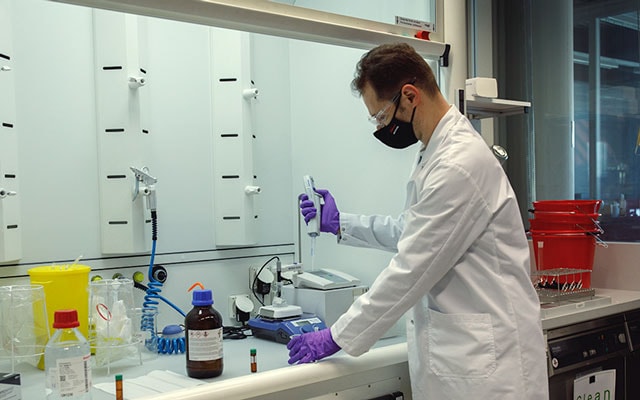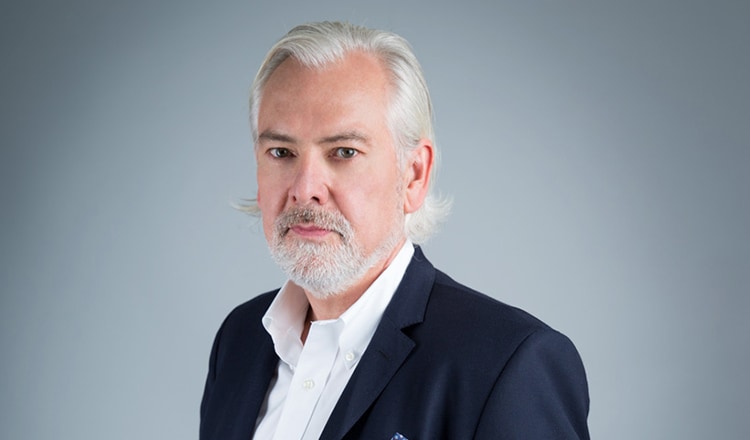Want to know a trick for getting the best ideas? Gather the most ideas. Ask around. Pursue unusual alliances. Look outside your industry, culture, and comfort zone for disparate views and unexpected approaches.
If you were to scan the internet looking for the most innovative and fruitful recent solutions to thorny problems, the odds are excellent that you would discover multiple entities behind each. Researchers at the University of Copenhagen cited three examples in an article last fall: “Global leaders have recognized that collaboration and open science are essential to the medical and technological fight against COVID-19, as they have been with other grand global public health challenges, including climate change and antimicrobial resistance.”
Coming together with different partners is especially critical in times of crisis. And so, I have found it heartening to see more cooperation in addressing the climate emergency. Case in point: the Climate Collaborative, an independent organization made up of more than 700 companies committed to taking specific actions to reverse climate change. It has also been fascinating to see the creative ways in which the internet has opened up new pathways to scientific progress, including through open sourcing and crowdsourcing. Ambitious projects such as SETI@home, MilkyWay@home, and Einstein@home have involved millions of people in searching for signs of extraterrestrial intelligence, creating a highly accurate three-dimensional model of the Milky Way galaxy, and identifying astrophysical signals from pulsars to discover neutron stars, respectively—collectively contributing to our understanding of the universe.
In my recently released book, The New Megatrends: Seeing Clearly in the Age of Disruption, I called collaboration and cooperation vital to “weathering the storms currently raging—and those just beginning to take shape on the horizon.” This book was a two-year passion project and collaboration case study. I had the good fortune of being able to pick the minds of multiple big brains who graciously lent me their best thinking. This led me to hypotheses, conclusions, more questions, and, ultimately, the beginnings of a roadmap to a better future.
Coming together to share ideas and perspectives is especially critical when many of our leading experts have been reduced to trying to explain their views in 280-character salvos on a platform that seems less suited to open dialogue than to supporting
close-mindedness. Echo chambers and algorithms silently and surreptitiously harden our opinions instead of expanding our understanding. Citizens increasingly vote by party or according to the results of stringent litmus tests instead of elevating
the nimblest minds who can adapt and adjust as the moment dictates to push through progress while remaining true to core values.
We must set aside easy answers, reconsider hallowed traditions, take the less-traveled path away from the fork in the road. Within reason and on a foundation of science and facts, we must search for partners and solutions in what sometimes may be the least likely of places.”
Maybe at this moment, with the compass smashed on the ground and the wind blowing in all directions at once, we can take a much-needed breath to listen, learn, and imagine something different. It is clear the world’s challenges will not be solved by one person or corporation or country going it alone. The scientists among us know that. They have shown us—through rapid vaccine development and other breakthroughs—what can come from people working together rather than in competition or secrecy.
Strength will be drawn in the future from our embrace of a “multi mandate.” We are all familiar with the components: multilateralism, multinationalism, multiplatform, multigenerational … the list goes on. But the seeds of these fashionable terms can only be brought to full fruition if we reach out to others—including those with whom we disagree on some issues—with goodwill and robust recognition of our shared aspirations and goals.
What does this mean in practice?
It means extending leadership support across sectors, such as the active cooperation of influential corporations in advancing and promoting science and technology. It means a surge in cross-border alliances, supranational organizations, public-private partnerships, and crowdsourcing to bring to bear the unique attributes, access, and resources of each participant to assemble a stronger scaffold for success. It means established, respected professionals mentoring and elevating emerging leaders—especially those from underrepresented communities—harnessing the power that comes when new ideas and perspectives transparently mesh with experience and expertise.
Perhaps most important, it means that we actively seek out unexpected partnerships that eschew tradition in favor of positive transformation. We must set aside easy answers, reconsider hallowed traditions, take the less-traveled path away from the fork
in the road. Within reason and on a foundation of science and facts, we must search for partners and solutions in what sometimes may be the least likely of places.
What opportunities would this offer? It would give corporations a platform for building sustainable success that rests securely on a foundation of transparency, legitimate buy-in, and purpose-driven growth. It would give civil society a chance to reorient itself toward a future where issues are considered not as a cudgel but rather as currency for cooperation and progress. And embracing a higher level of diversity and inclusion would give people of all backgrounds permission and confidence to bring their authentic selves to both their work and the public square.
Let’s embrace a future that sees history as a guide, today as a new opportunity, and tomorrow as a canvas primed to be painted with newly mixed colors and textures from across a multitude of palettes.
* Marian Salzman was appointed SVP & Advisor to the CEO of PMI’s U.S. Business in September 2024.







